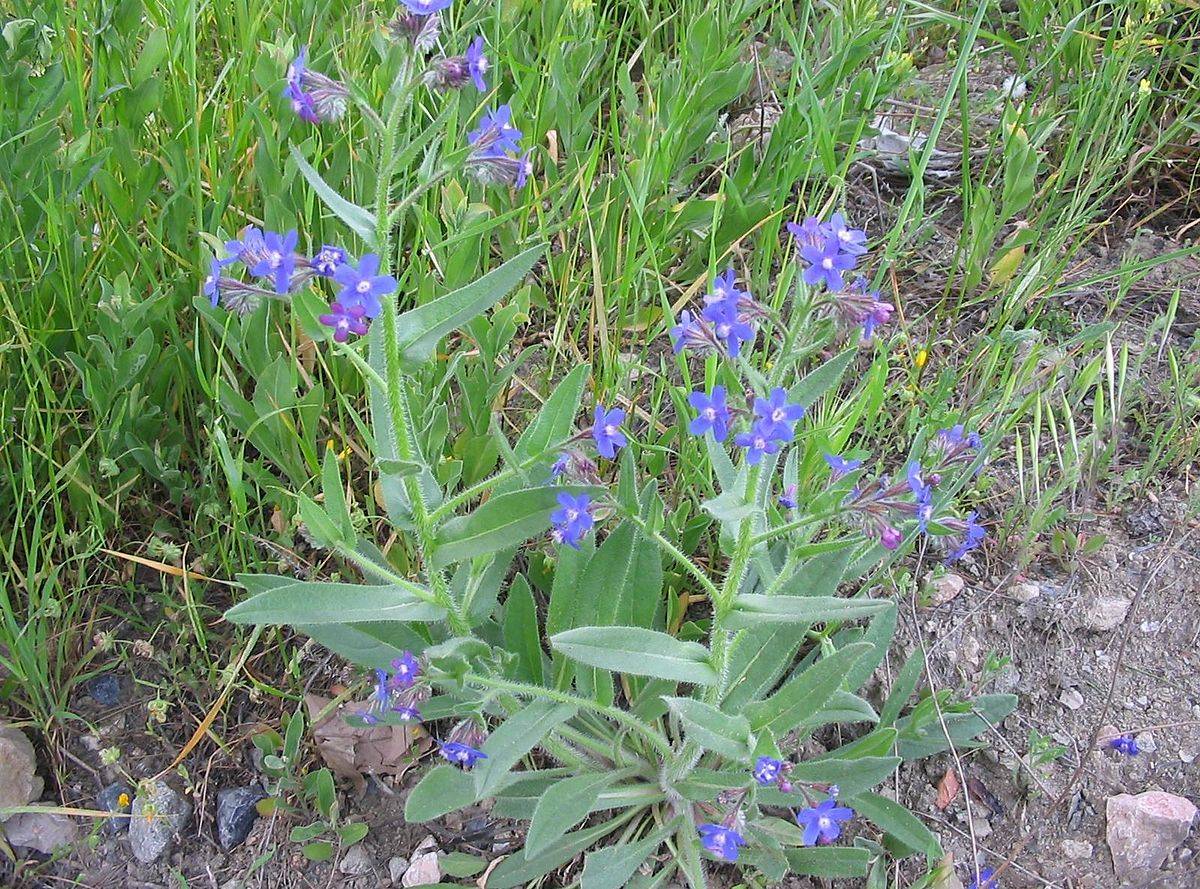Anchusa, a genus of flowering plants encompassing around 40 species, is renowned for its vibrant blossoms and various cultural uses. From its historical significance to its ecological importance, here are five captivating facts about Anchusa:
1. Rich Historical Significance: Anchusa holds a significant place in history, with its roots intertwined in ancient civilizations. The name "anchusa" itself is derived from the Greek word "anchousa," meaning "to paint" or "to dye." This references the plant's historical use as a natural dye source, yielding colors ranging from deep blue to purple. In addition to its dyeing properties, anchusa was utilized for its purported medicinal qualities, particularly in traditional herbal remedies.
2. Biodiversity and Ecology: Anchusa species are distributed across diverse ecosystems, from arid regions to lush meadows. One notable species, Anchusa azurea, or Italian bugloss, is celebrated for its role in supporting pollinators. Bees and butterflies are particularly attracted to its vivid blue flowers, contributing to both the plant's reproductive success and the broader health of ecosystems.
3. Vibrant Floral Diversity: Anchusa showcases a remarkable array of flower colors, with shades spanning from deep blue and violet to pink and white. This diversity has made it a favored choice for ornamental gardening. Its striking hues add a burst of color to landscapes, while its adaptability to different soil types and climates makes it a versatile choice for gardeners seeking both beauty and resilience.
4. Symbolism and Cultural Significance: Throughout history, anchusa has symbolized various sentiments and virtues. Its bright blue flowers have often been associated with feelings of hope and optimism, while in some cultures, they represent steadfastness and fidelity. This symbolism has led to its inclusion in literature, art, and even religious rituals.
5. Culinary and Herbal Uses: Beyond its visual appeal and historical significance, some Anchusa species have culinary and herbal applications. In traditional cuisines, young leaves of certain species are used as greens in salads or cooked dishes, adding a mild, earthy flavor. Medicinally, anchusa has been employed as a remedy for ailments ranging from respiratory issues to inflammation, although its usage in modern herbal medicine is relatively limited.
In conclusion, the genus Anchusa encapsulates a world of history, ecology, and cultural significance within its vibrant petals. From its role as a natural dye to its place in supporting pollinators, the various species within this genus continue to enchant botanists, gardeners, and history enthusiasts alike. Whether gracing a garden bed or serving as a link to ancient traditions, anchusa remains a testament to the enduring allure of the natural world.


